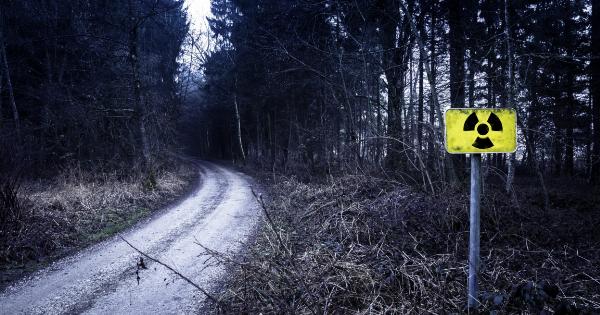The Nano-Sidiri Road is a remote and unremarkable route that traverses through the jungle of eastern India. Although it may appear to be just another dusty and bumpy road, it has a sinister reputation that is known only to a few.
It is believed that this road could be a fatal route for cancer patients.
What is Nano-Sidiri Road?
The Nano-Sidiri Road is a 67-kilometer dirt track that connects the small town of Nanpur in Odisha to the even smaller village of Sidiri in Chhattisgarh. The road passes through some of the most remote and unexplored areas of eastern India.
The surrounding jungle is home to numerous indigenous tribes who have lived there for centuries.
The Myth behind Nano-Sidiri Road
According to local legend, anyone who travels along the Nano-Sidiri Road will contract cancer within a few years.
This myth has been propagated by the locals for decades, and it has been the subject of much speculation and debate among scientists and researchers.
Many people who have traveled on this road claim that they have developed cancer within a few years of their journey. Some of them have even died as a result of the disease.
However, there is no scientific evidence to support these claims, and it is likely that these stories are just a result of fear and superstition.
The Science behind the Myth
The Nano-Sidiri Road passes through an area that is known to have high levels of radiation. This is because the surrounding soil contains trace amounts of uranium and thorium, which are natural sources of radiation.
However, the levels of radiation are not high enough to cause cancer in humans.
There are also rumors that the road was built using radioactive materials, which could have caused the high incidence of cancer. However, there is no evidence to support these claims.
The Truth behind the Myth
The real reason behind the high incidence of cancer in the area could be due to a combination of factors. The region is home to numerous large-scale mining operations, which release toxic chemicals and heavy metals into the air and water.
The mining activities also disturb the soil, which could release radioactive particles into the air.
Another factor could be the presence of asbestos in the area. The surrounding hills are rich in asbestos deposits, which are used by the mining companies. Asbestos is a known carcinogen, and exposure to it can cause lung cancer and mesothelioma.
The Impact on the Local Communities
The high incidence of cancer in the area has had a devastating impact on the local communities. Many families have lost loved ones to the disease, and the healthcare system in the area is unable to cope with the large number of cancer patients.
Furthermore, the mining companies have not done enough to mitigate the environmental impact of their activities.
They continue to release toxic chemicals and heavy metals into the air and water, which could cause further health problems for the local communities.
The Need for Action
It is clear that there is a need for action to be taken to address the high incidence of cancer in the area. The mining companies must take responsibility for their actions and work to reduce the environmental impact of their activities.
The government must also take action to provide better healthcare to the local communities and to monitor the levels of radiation and other toxins in the air and water.
Conclusion
The Nano-Sidiri Road may not be the fatal route for cancer that it is often believed to be.
However, the high incidence of cancer in the area is a cause for concern, and it is clear that action needs to be taken to address the underlying causes of the disease.
The local communities must be given the support and resources that they need to deal with the impact of the disease, and the mining companies must take responsibility for their actions and work to reduce the environmental impact of their activities.































